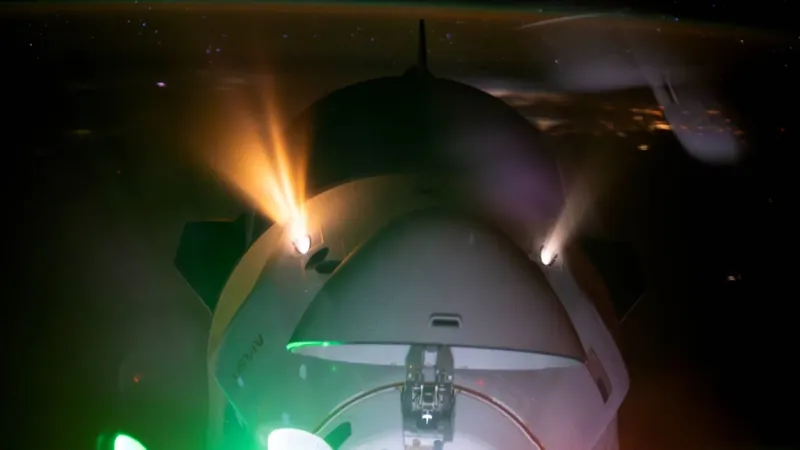
SpaceX Dragon Makes History with First Orbital Boost for ISS
2024-11-08
Author: Charlotte
Introduction
In an exciting development for space exploration, the International Space Station (ISS) has received its first orbital boost from SpaceX's Dragon spacecraft as part of its 31st commercial resupply mission. This significant event took place on November 8, marking a new chapter in the operational capabilities of the ISS.
Successful Docking and Boost Operation
Launched on November 4, the Dragon cargo vehicle successfully docked with the ISS the following day. It was during this mission that Dragon conducted an unprecedented orbit-raising maneuver, a crucial task that helps maintain the ISS's altitude. For years, such boosts have traditionally been performed by Russian spacecraft, including the Soyuz and Progress vehicles. However, with this maneuver, SpaceX has demonstrated its growing capability in supporting the ISS, a testament to its evolving role in space missions.
Details of the Orbital Reboost
The orbital reboost operation kicked off at approximately 12:50 p.m. ET, with Dragon's thrusters igniting for a controlled burn that lasted around 12.5 minutes. NASA confirmed the successful execution of this maneuver, emphasizing its importance for the future of the ISS. As the station orbits in low-Earth orbit, it constantly combats the effects of atmospheric drag, making these reboosts necessary to avoid orbital decay.
Implications for the Future of the ISS
Notably, this historical event is also seen as a step towards the eventual decommissioning of the ISS, projected for no earlier than 2030. NASA has assigned SpaceX a contract to develop a deorbit vehicle that will ensure the space station's safe descent into the Pacific Ocean. The data gathered from Dragon's maneuver will contribute valuable insights for this future operation.
The Longevity of the ISS and Planning for the Future
The longevity of the ISS has been impressive, with nearly 25 years of continuous habitation and scientific research. However, rising maintenance costs and the aging nature of its technology have positioned the agency to plan for its retirement. Once NASA alleviates the financial pressures tied to the ISS, it aims to pivot towards new commercial space stations that will continue scientific research in low-Earth orbit. This shift will provide NASA with the opportunity to expand initiatives like the Artemis Program, which promises to return humans to the Moon and explore deeper space.
A Shift in Operational Power
Not only does the success of Dragon's orbit-raising maneuver signal a shift in operational power away from Russia, particularly in the context of international tensions, it also underscores a robust partnership between NASA and SpaceX. Jared Metter, SpaceX's director of flight reliability, hailed the maneuver as a substantial demonstration of Dragon's capabilities as they prepare for future space missions.
Conclusion
As more commercial players enter the space market, the inevitability of change looms over the ISS. The recent developments serve as a reminder of the rapid evolution in space exploration and the exciting times ahead for NASA and its partnerships. The era of relying solely on foreign spacecraft is fading, as the private sector steps up to fulfill these critical functions in orbit. Stay tuned as we continue to cover these groundbreaking advancements in space exploration!

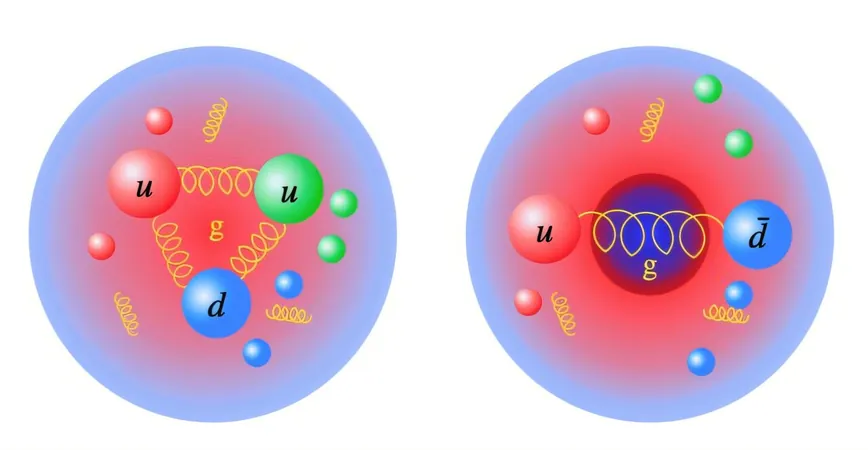


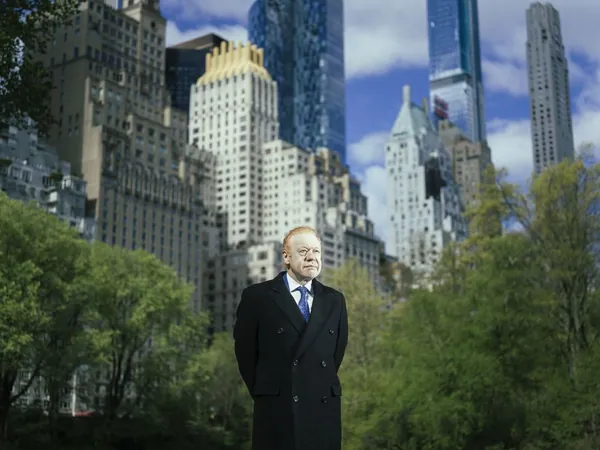
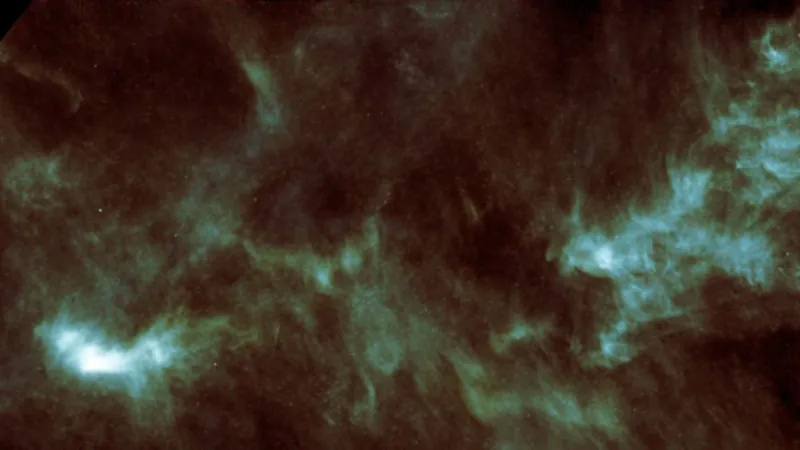
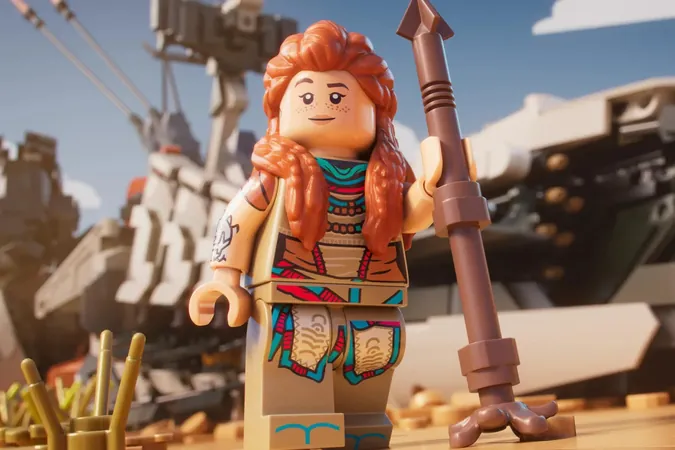


 Brasil (PT)
Brasil (PT)
 Canada (EN)
Canada (EN)
 Chile (ES)
Chile (ES)
 España (ES)
España (ES)
 France (FR)
France (FR)
 Hong Kong (EN)
Hong Kong (EN)
 Italia (IT)
Italia (IT)
 日本 (JA)
日本 (JA)
 Magyarország (HU)
Magyarország (HU)
 Norge (NO)
Norge (NO)
 Polska (PL)
Polska (PL)
 Schweiz (DE)
Schweiz (DE)
 Singapore (EN)
Singapore (EN)
 Sverige (SV)
Sverige (SV)
 Suomi (FI)
Suomi (FI)
 Türkiye (TR)
Türkiye (TR)